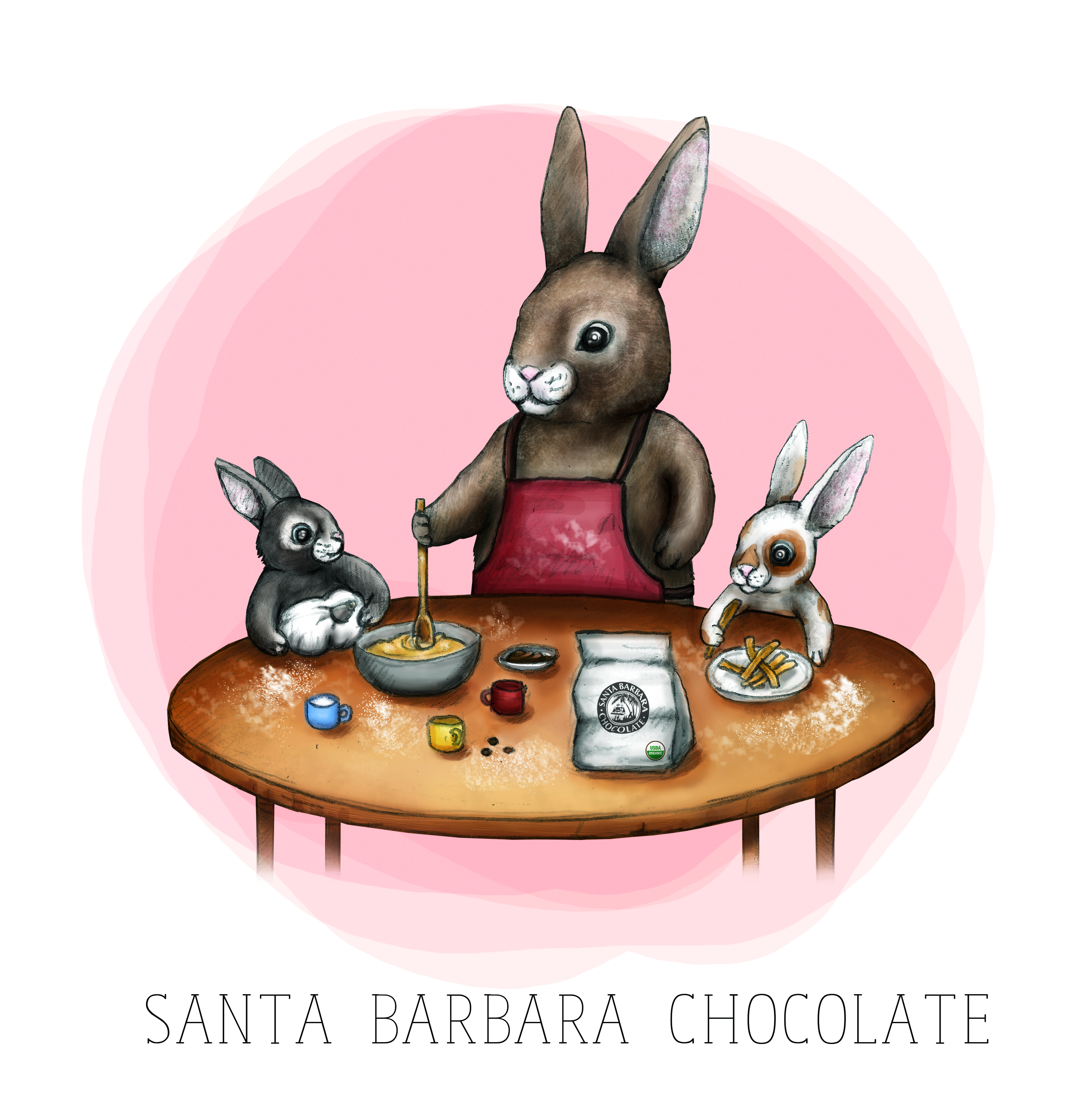Why does Chocolate Turn White?
If your chocolate is turning white when you work with it, you might wonder, 'what does it mean when chocolate turns white?' The most likely reason is related to a natural process of separation known as cocoa butter bloom. What causes chocolate to turn white? There are two main types of cocoa butter bloom which we explain below.
When working with professional quality, pure chocolate it may not be as forgiving or as easy to use as store bought chocolate. The reason why professional chocolate is not as forgiving is due to the fact it is a pure chocolate based on ingredients form the cocoa bean and without a lot of additions like excess sugar and other fillers like vegetable oil.
WHAT IS COCOA BUTTER BLOOM?
When using real chocolate that is based on the cocoa bean, you can get a cocoa butter bloom if your chocolate is not handled properly in manufacturing or shipping. The white cocoa butter bloom is cosmetic and does not harm your chocolate. You can still eat it safely or re-use it in melting and chocolate making. Large chocolate companies inhibit the cocoa butter bloom by adding in bloom inhibitors like vegetable fats or oils and they may even reduce the cocoa butter content to inhibit bloom. Sometimes adding cocoa powder or excess sugar can minimize bloom during manufacturing. These additions influence the flavor and sometimes make the chocolate seem waxy or gummy. Santa Barbara Chocolate prefers the idea of chocolate being as pure as possible and as close to the cocoa bean as possible. Our hope is to make chocolate that is natural and pure as possible. The result is really great tasting professional chocolate.
TWO TYPES OF COCOA BUTTER BLOOM
The chocolate turned white because the cocoa butter is separating from the cocoa fiber over time and causing "fat bloom" which is a whitish or gray swirl in the chocolate. If the white is also rough to touch it is sugar crystals and this is called "sugar bloom" and will be white with rough little crystals. Cocoa beans are typically 1:1 ratio of cocoa butter to cocoa fiber. The cocoa butter is the natural fat and is whitish color while the cocoa fiber is the brown chocolate color.
FAT BLOOM
Fat Bloom is the result of not tempering your chocolate after melting to realign the cocoa butter with the cocoa fiber. High quality gourmet chocolate like Santa Barbara Chocolate is based on cocoa butter and not additives or oils and this is why it is recommended to temper your chocolate when using it. Here are directions on how to temper gourmet chocolate. The cocoa butter separates and creates white swirls if you do not temper your chocolate properly or if the chocolate is exposed to heat causing it to go out of temper. The answer is basically melt and then work with your chocolate at a temperature lower than 89F. Go lower in temperature if you are dealing with white or milk chocolate. Our link to the tempering guide is helpful and you'll find it very easy to follow and temper chocolate like a professional.
Here is a video we made on easy chocolate tempering:
SUGAR BLOOM
Sugar Bloom is the result of moisture affecting the chocolate. For example, if you were to add rum soaked raisins to tempered chocolate, over time the rum would leach into the chocolate creating a sugar bloom. Also, a humid day can cause sugar bloom if your chocolate is not properly cooled or stored during manufacturing. If you freeze your chocolates and then remove them from the freezer and they condense and humidify, you'll get sugar bloom. Or if you are molding chocolate and a drop of water were to touch the mold during the process you can get sugar bloom.
HOW TO MAKE TEMPERED CHOCOLATES PROPERLY
So let's say you want to make a fruit juice soaked cherry chocolate bar properly and avoid both fat bloom and sugar bloom. This is the process.
1. Temper your chocolate and fill the bar mold.
2. Turn your mold upside down and pour out the chocolate so you have a thin chocolate coat in the mold.
3. Cool the mold till the chocolate sets up.
4. Once cooled, add your juice soaked cherries to the bar mold and then pour tempered chocolate covering the cherries but not filling the mold entirely to the maximum. Leave a little room to add a chocolate cap.
5. Add a chocolate cap to the mold using tempered chocolate. The chocolate cap is a covering so if the chocolate that is touching the soaked fruit sugar blooms it is under the "cap" of tempered chocolate, thus it isn't visible.
6. Gently tap your mold to remove all bubbles and chill.
7. Once the chocolate is chilled and set turn your mold upside down and pop out the finished molded chocolate.
*Usually for ease of use, when working with fluid soaked fruits that are very wet, it is recommended either 2 coatings of chocolate be enrobed around the fruit as a single piece or to use a chocolate truffle mold. Bar molds because they are thin can be difficult for this type of chocolate production.

Hopefully these steps in chocolate tempering and explanation of cocoa butter bloom are helpful. The secret to success is to approach all of your chocolate making with confidence. Like all masterful foodies and chefs, the intent and positive energy you put into your candy making and chocolate making will produce results that you'll love and others will recognize. Let's face it, you chose food and chocolate because of who you are and this is a reflection of your love and creativity. Have fun and experiment. You can do no wrong because you obviously care. That's why you read this piece. Have fun and let your inner chocolatier bloom... haha get the joke?

